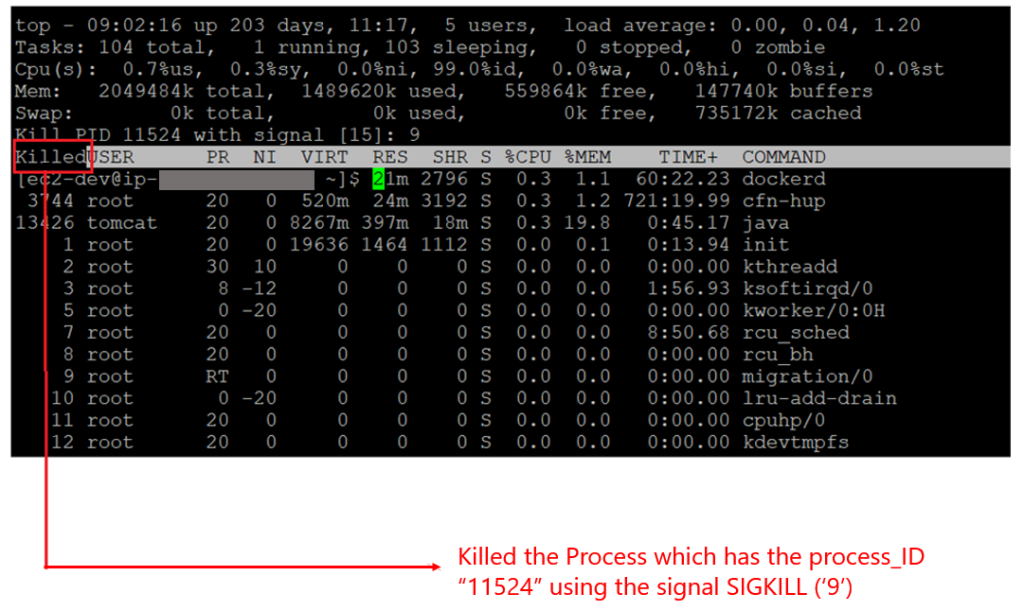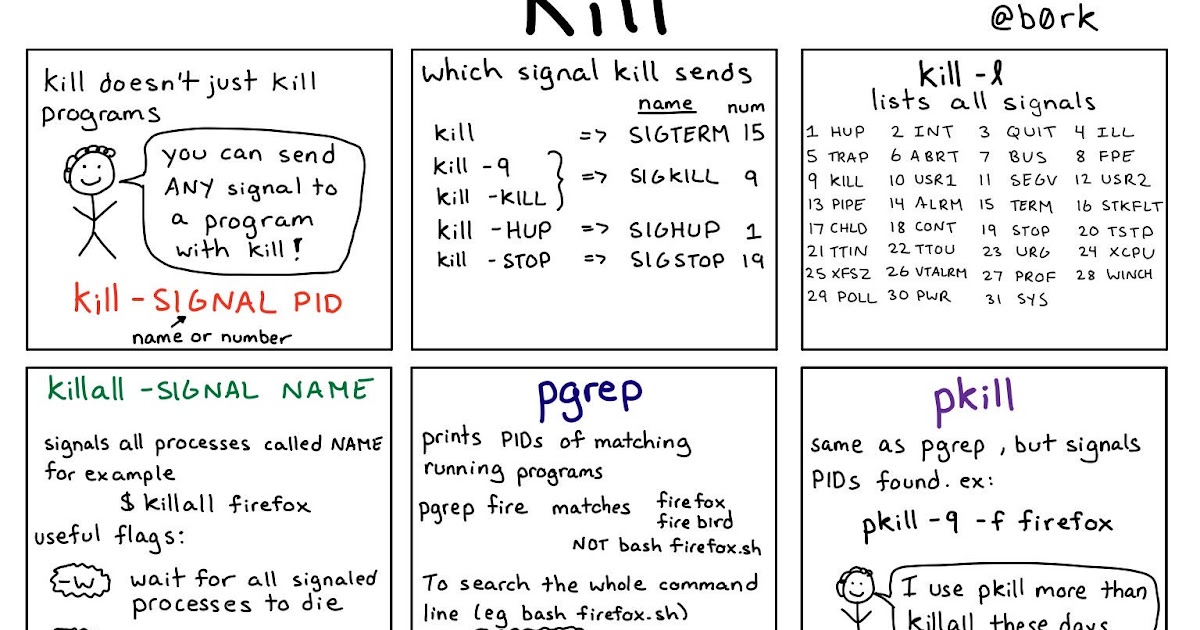Fabulous Tips About How To Kill All Process In Unix

So what's the standard solution?
How to kill all process in unix. You can specify processes by the command name, by the full command line or other criteria. Alt + sysrq + r. By default, kill pid sends the term signal to the specified process, giving it a chance to shut down in an orderly manner, for example clean up resources it's using.
Including arguments) will be taken into account. To find the pid of the process to kill use : The basic syntax of the `kill` command is as follows:
If pid is a positive value, the kill command sends the. The following commands are equivalent and redirect here: For example, pkill vi kills all programs whose command name contains.
Ask question asked 12 years, 8 months ago modified 3 years ago viewed 330k times 338 say i want to kill every process containing. $ sudo pkill gnome kill process with killall command the killall command is very similar to the pkill. 1 answer sorted by:
Specify the list of processes that kill should signal. The killall command sends a signal to all processes running any of the specified commands. For example, forcefully kill all nginx process, run:
The easiest way is to use the magic sysrq key : Will kill all the processes that the pattern pattern matches. Pgrep <<strong>process</strong> command> i then use the kill command to kill the pid returned by pgrep <<strong>process</strong> command> kill.
For example, if you have a ssh daemon (which runs under the process name of sshd) on your system and need to. Kill [signal] pid here, pid = the `kill` command requires the process id (pid) of the process we. How to kill all processes matching a name?
I think, any utility used to find process in linux/solaris. I guess really i'm looking for some way to tag a process in such a way that any process it spawns will unconditionally inherit the same tag. Alt + sysrq + i.
This will kill all processes except for init. The man page even suggests you'd use that for kill. The killall command kills a process by name.
$ pkill gnome with root privileges use the sudo like below. Note that you may need to set the keyboard to xlate mode first : 10 if you want to do it by name:

















